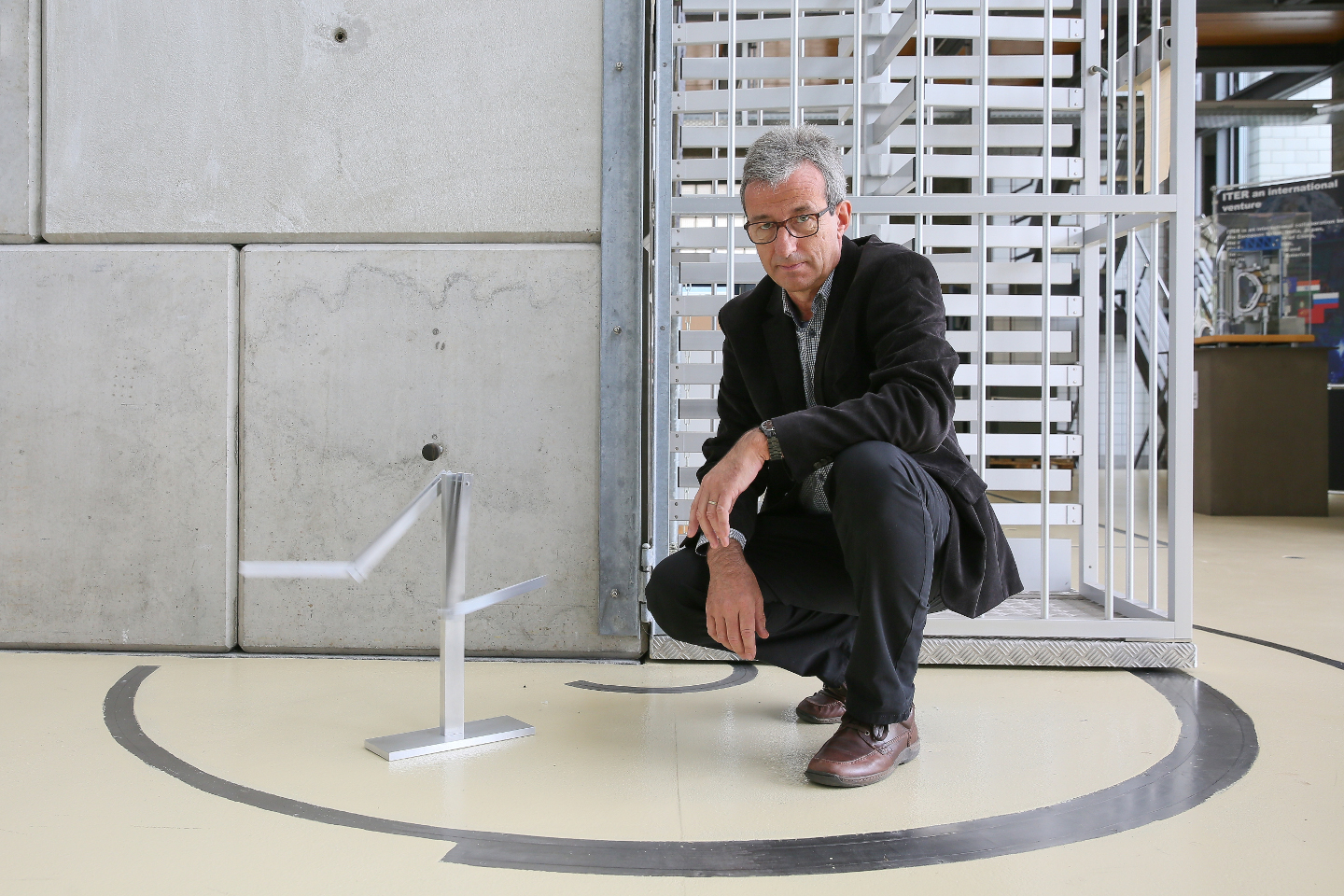Prize in the Physics Section

Professor Laurent Villard’s goal is to immerse physics students in the digital domain. Villard, an expert in plasma physics, did not follow the usual career path: after completing his PhD at EPFL, he taught in Addis Ababa as a United Nations volunteer and then took part in a polytechnic school project in Indonesia with an NGO. When he returned to EPFL, Villard joined a working group that was exploring how to ensure the school’s physics students received the digital training they needed. In the end, Villard was tasked with creating the course – called “digital physics” – that had been outlined by the working group, and he taught it for the first time in 2006.
This highly hands-on course pushes the students to learn by testing solutions themselves. “It’s a sort of laboratory in which the students, who have already studied programming, use digital methods to solve physics equations,” says Villard. Digital physics is useful for solving problems that are far too complex to be done by hand, such as calculating the force of gravity between several celestial bodies.
The course is challenging, but Professor Villard knows how to pique the students’ curiosity. “I love sharing my knowledge and I’m passionate about my work. In class, I use all the methods I can: blackboard, overhead projector, demonstrations through digital simulations, in-class discussions – what’s important is to keep the class moving, regardless of the method.” And his approach works. “We demand a lot of work from the students, but they are very enthusiastic. Many of them even go beyond what we ask, such as by creating short videos or by coming up with new applications for the digital methods they saw in class or in their exercises.” And that’s what Villard finds particularly rewarding. “If my course makes them want to go further, then I’m the happiest teacher there is!”